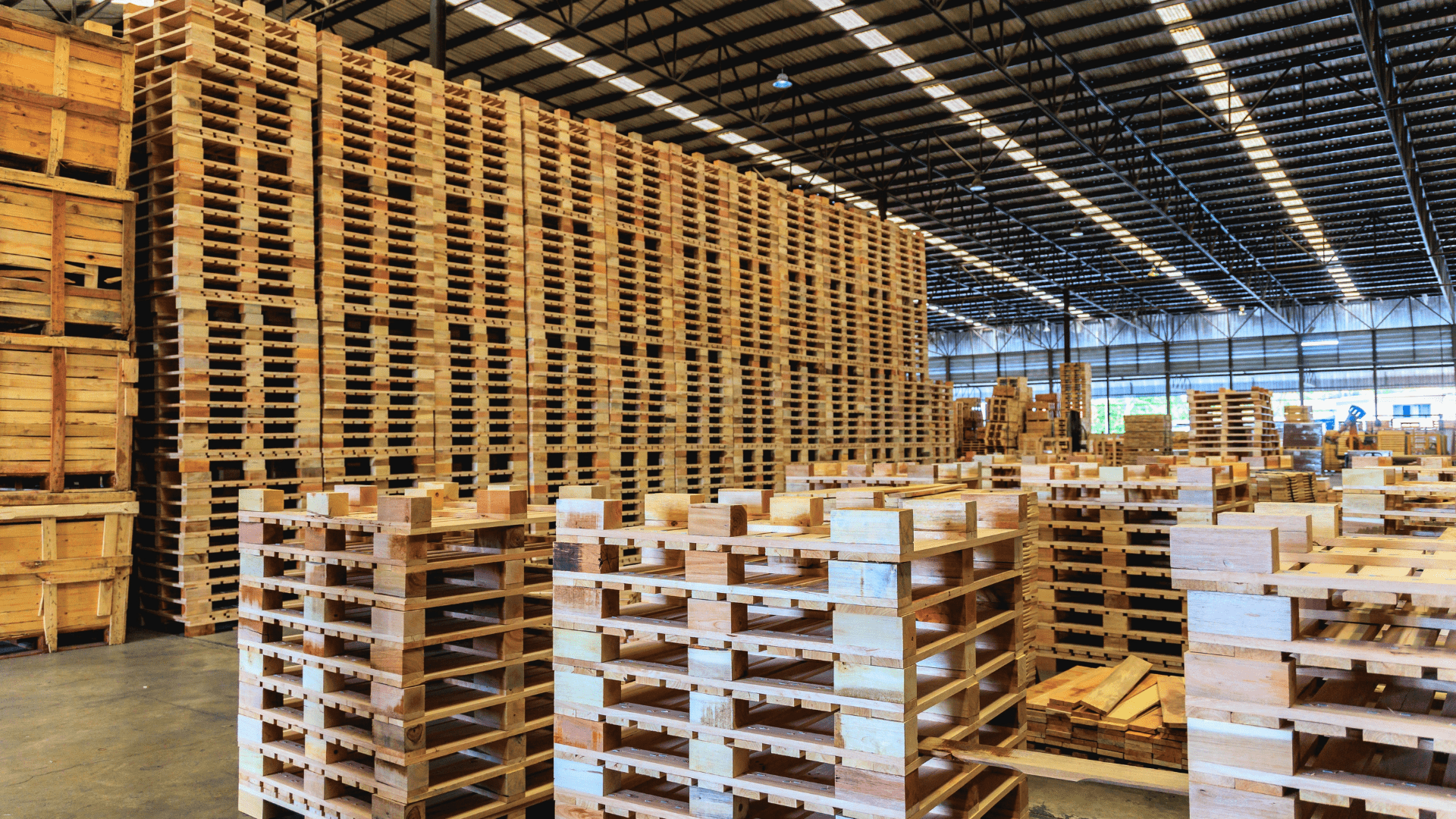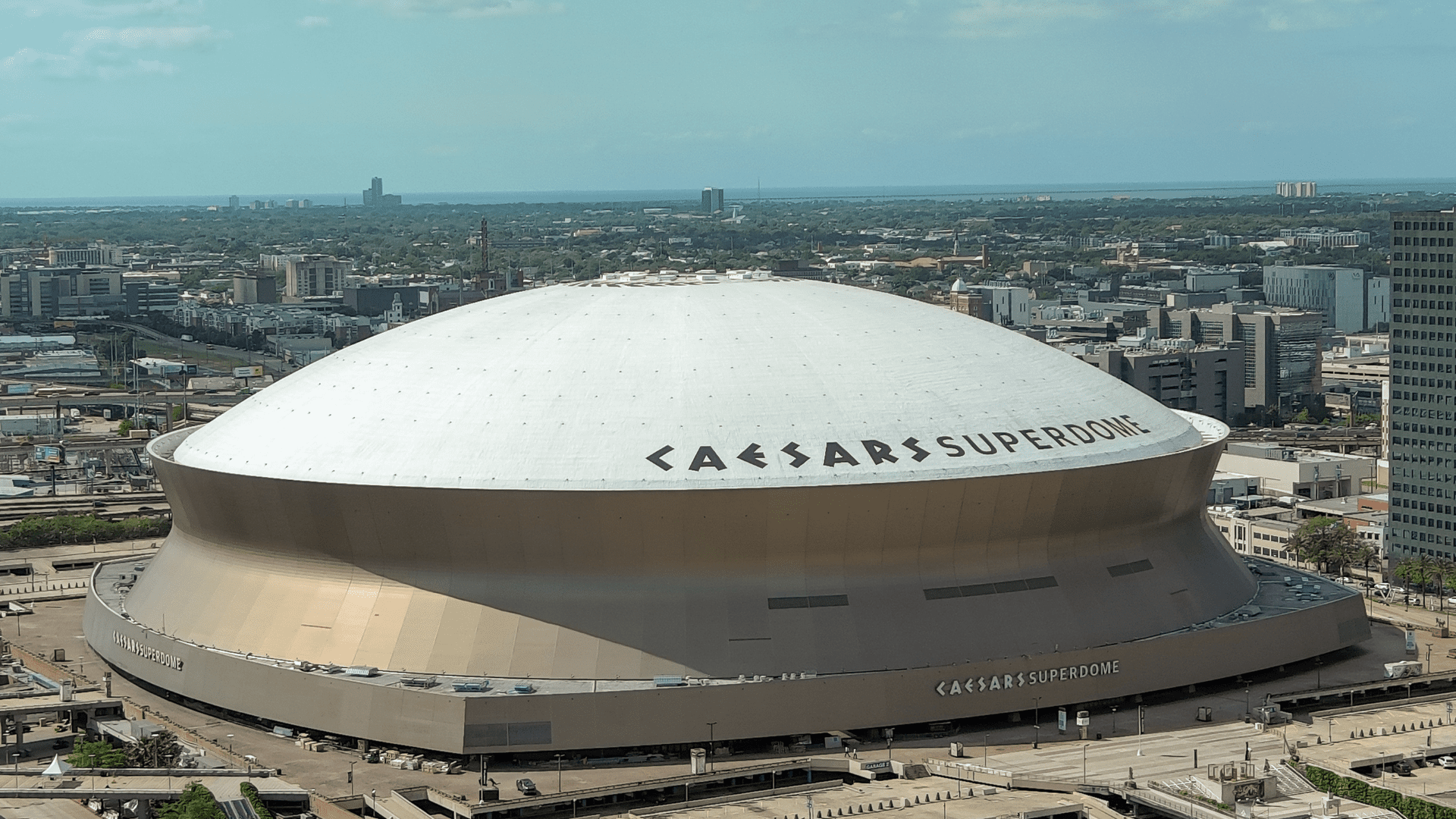Advanced nuclear reactors extend beyond traditional reactors; they come in a variety of forms, sizes, and capacities to bring clean, safe, nuclear energy to all corners of the globe. To find out more about advanced nuclear reactors and how their applications will help solve the world’s energy problems, we talked to reactor expert Mike Shaqqo, the Senior Vice President of the Advanced Reactor Programs at Westinghouse Electric Company.
Mike is responsible for leading program development and deployment for the Westinghouse portfolio of advanced nuclear plants, including small modular reactors and micro-reactors. Mike’s long-term career at Westinghouse bookends a position as VP of Commercial Operations at TerraPower, LLC, where he was responsible for the company’s commercial operations in support of advanced reactor technology commercialization.

Tomorrow’s World Today (TWT): Can you discuss Westinghouse in general? What is Westinghouse doing in the area of advanced reactors?
Mike Shaqqo (MS): Westinghouse goes back to over 130 years ago when George Westinghouse founded the company around the alternate current innovation that his company initiated and started. Today we have about 9,000 employees all over the world in about 70 facilities in 19 countries.
I am proud that about half of the world’s clean nuclear energy operating today is based on Westinghouse technology. It really resonates and creates a sense of responsibility across our company, especially our engineers. We’re proud of our past and the many innovations of Westinghouse, but we’re sharply focused on the future: where we want to take nuclear energy and how we can build on that expertise and knowledge to take nuclear energy to the next stage of achieving net-zero carbon emission goals for our customers and communities.
Westinghouse reactors portfolio ranges from large baseload reactors to micro reactors and Generation IV advanced reactors. The AP1000® reactor, which is a 1100-megawatt electric load reactor that’s based on a technology called Generation III+. It’s the only Gen III+ reactor technology licensed and operating in the world today. Our eVinci™ micro-reactor of 5-megawatt electric provides an innovative technology that can decarbonize a significant off-grid energy market powered by diesel and fossil fuel. We’re also working on Lead Fast Reactor Generation IV technology development which addresses a broad range of industrial applications that require high temperatures.
TWT: What are the benefits of having the micro-reactors and the small modular reactors in comparison to having the large base-load reactors?
(MS): The answer is pretty simple—we need all of them because each one of these advanced nuclear reactor sizes and types provides a solution and an energy source for its own applications. For instance, large reactors and SMR provide clean baseload energy on established power grid systems around the world. These reactors can replace large carbon-emitting power plants with clean energy.
On the other hand, eVinci micro-reactors will service off-grid or end of grid energy applications, such as remote communities, mines, offshore, and remote industries. In essence, we see all reactor sizes playing specific and key roles here, along with renewables, to achieve a carbon-free energy sector in the future.
TWT: Can you tell us a little bit more about the eVinci™ micro-reactor and what makes it unique? How can it support the energy needs of the future?
(MS): You can think of our eVinci micro-reactor as a nuclear battery that is powered by nuclear energy. This innovative application uses heat pipe technology and therefore does not need pumps or valves to operate, like a passive battery system. Our eVinci micro-reactor needs minimal operators on-site with the ability to be operated remotely and autonomously; like a battery, you turn it on and walk away from it.
The other aspect that is unique to eVinci technology is it will operate for at least six years without having to be refueled. It certainly could operate longer based on the demand and power usage, meaning if it runs at less than a hundred percent capacity, it could operate for up to a decade without refueling.
Another key feature that customers and end-users have emphasized to us is the ability for eVinci to be fully transportable. We’re designing the eVinci reactor to be exactly that; it will be manufactured and assembled at the factory and transported on four truckloads by road, rail, or barge to remote locations.
TWT: What are some of the other applications of Westinghouse’s advanced nuclear reactors beyond servicing remote grids and off-grid locations?
(MS): The possibility of using these centralized energy sources, think of the nuclear battery concept here, is really limitless. The eVinci micro-reactor is well-suited to provide a diverse and reliable energy source for clean hydrogen production, process heat, industrial and maritime energy applications. For example, eVinci produces high-temperature heat that can be used for economical and efficient production of clean hydrogen.
We’ve also been working with the maritime industry on how the eVinci micro-reactor could meet their power needs. There is a strong desire for the industry to move away from diesel for operating and running tens of thousands of ships around the world. We see eVinci providing a clean and reliable energy source alternative allowing the industry to reach its decarbonization goals.
Another aspect that really excites me about eVinci is the fact that we can use the technology to power stations in space, on the moon, Mars, and beyond. This is because eVinci can provide 24/7 electricity autonomously and for many years without needing to be refueled.
TWT: What are the safety innovations in Westinghouse’s advanced nuclear reactors?
(MS): Westinghouse was founded on the passion to make life safer. All of George Westinghouse’s inventions were to improve technology and working conditions—to work smarter and safer. This is also the basis of our industry, and as a leader in nuclear energy, safety is inherent to the design and operation of Westinghouse nuclear reactors. This is also embedded with our engineers and their commitments to safety.
It starts from the early phase of the conceptual design and through the final design and operation of the reactor. For example, our AP1000 reactor has the most advanced passive safety systems. We have four units in operation in China, where the passive safety systems have been tested extensively and operated as designed, performing their functions of providing layers of protection via natural phenomena such as natural circulation.
It starts from the early phase of the conceptual design and through the final design and operation of the reactor. For example, our AP1000 reactor has the most advanced passive safety systems. We have four units in operation in China, where the passive safety systems have been tested extensively and operated as designed, performing their functions of providing layers of protection via natural phenomena such as natural circulation.
Looking at our eVinci and Lead Fast Reactor technologies, another example of safety innovation is where we have designed our systems to operate at atmospheric pressure with inherent safety built in. In the unlikely event of an emergency, the reactors will safely shut down without the need for operator action. Specifically, for eVinci technology, we’re using passive air-cooling to provide another layer of safety. It’s an innovative passive safety system providing air cooling without the need for compressors or other mechanical means.
TWT: What do you think the future of nuclear energy looks like? What are you most excited about in the future of nuclear energy?
(MS): As someone who has spent most of his professional career in the nuclear industry, I am excited to see the increased global focus on the need to decarbonize the energy sector. I see nuclear reactors playing a key role here, by providing clean energy to support a wide range of applications—from large baseload reactors to medium-sized SMR and micro-reactors. Now that we’ve covered the spectrum, we can allow nuclear energy to play a total key role in decarbonizing all sectors of our key needs.
What I’m really excited about is working with our young generation of engineers who come in to work on this endeavor. The fact that they’re so excited about making an impact and feel that we have a social responsibility to drive net-zero carbon around the world—I really see that resonate with them now more than ever.
In terms of innovation, I see Westinghouse, and the industry in general, continually make efforts to advance nuclear fuel development to improve performance and reliability. The advancements in materials and materials science will increase lifecycle, improve safety, and economics. Lastly, I see improvements in analysis and computational capabilities accelerating the time to market for new innovations enabling our customers and communities to meet their energy emission-free goals and combat climate change.
Read more about nuclear energy HERE, or stream Tomorrow’s World Today’s four-part exploration of nuclear energy on Science Channel GO and Discovery GO!







